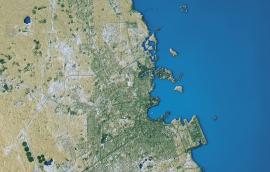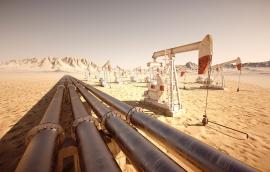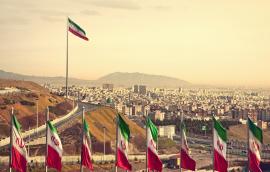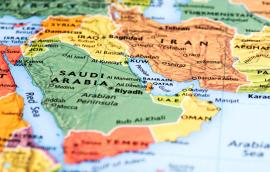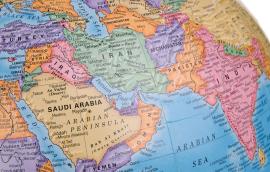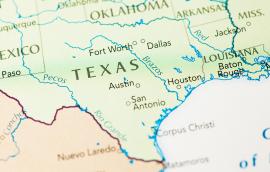Carbohydrates, H2O, and Hydrocarbons: Grain Supply Security and the Food-Water-Energy Nexus in the Arabian Gulf Region
To access the full paper, download the PDF on the left-hand sidebar.
“If I were to pick a single indicator—economic…
Gabriel Collins June 13, 2017
